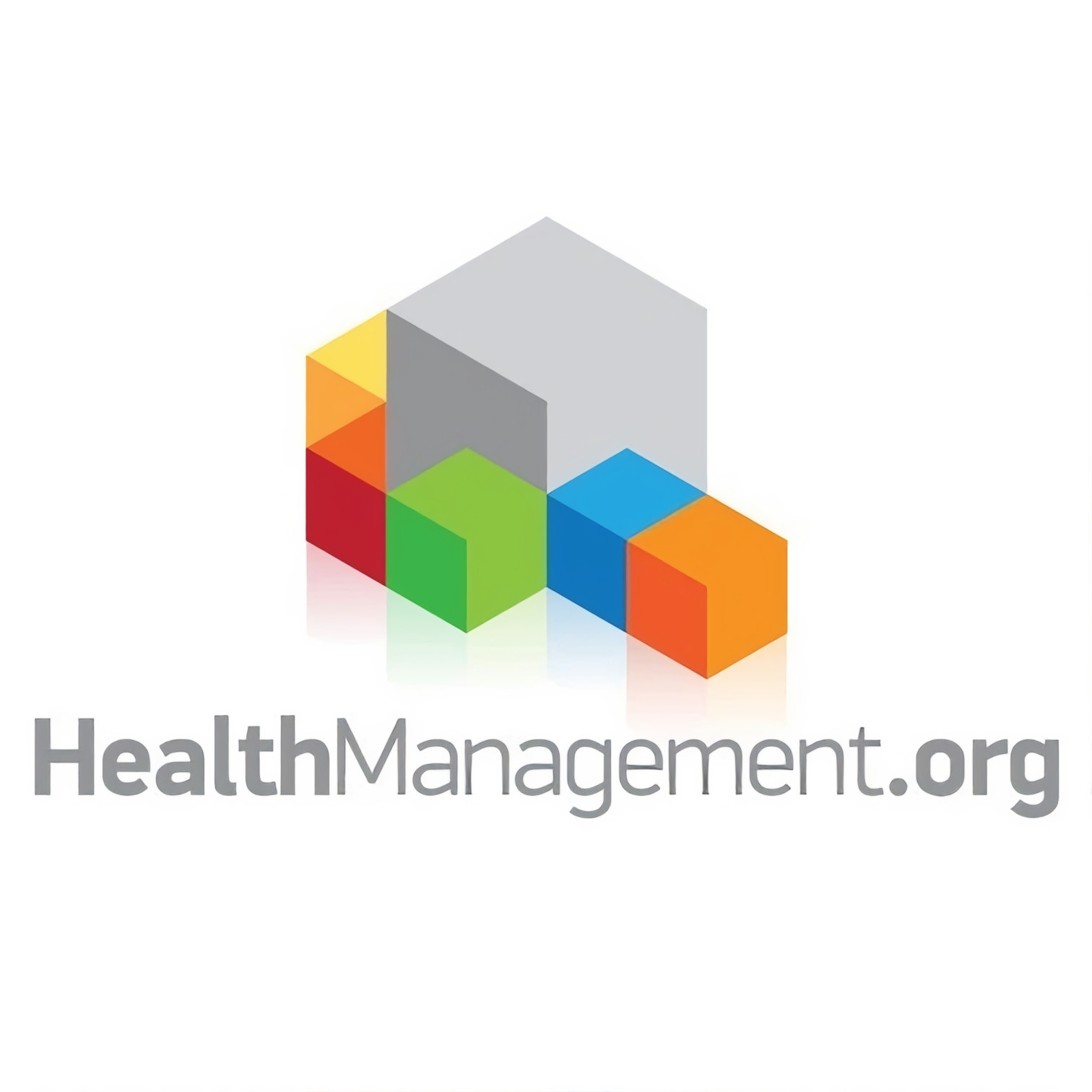The COVID-19 pandemic has forced all countries of the world to take extraordinary measures to overcome the disease, curb its spread, as well as confront the growing economic crisis. The challenges to national healthcare systems are enormous, requiring mobilisation of all resources, intensive involvement of the new opportunities, special protection of medical personnel, real-time solutions, practical actions in a rapidly changing environment and under high stress (Guan et al. 2020; Liang and Zhejiang 2020). It should be noted, that radiology is at the forefront of COVID-19 struggle. In Moscow, the first case of COVID-19 was detected on March 2, 2020. At the time of writing, 62,658 confirmed cases are reported in Moscow, of which 6,374 patients recovered, and 695 died. Only 15% of patients were over 65 years old. The Government of the Russian Federation and the Moscow Mayor’s Office have taken unprecedented measures to provide support and curb the spread of coronavirus infection. In this article, we share information on activities of the diagnostic radiology services in the capital of our country, and our experience of managerial, logistical, educational, and methodological measures, as well as application of digital technologies.
In total, Moscow has more than 150 state medical facilities, national medical research centres (funded by the federal budget), and a well-developed private sector. The number of hospital beds per 10,000 population is 62.1. Primary care medical facilities (city clinics) can provide about 309 appointments per shift per 10,000 population. There are a number of medical personnel per 10,000 population: doctors - 58.3, nurses - 82.8. As of January 1, 2020, the population of Moscow was 12,692,500 people.
The municipal radiology diagnostic services integrate diagnostic departments of city outpatient and inpatient facilities (CT, MRI, x-ray, mammography, nuclear medicine). Medical facilities are well-equipped for the provision of interventional radiology and radiation therapy. All diagnostic equipment is connected to the Unified Radiological Information Service (URIS). URIS provides:
- operational management through the dashboard to monitor the usage, workload, and operability of equipment (pilot studies on dose control monitoring are in progress);
- standardisation of study protocols and reports;
- citywide quality control system (peer-review);
- centralisation of radiology report writing and telemedicine consultations;
- raining and research (including artificial intelligence).
During the COVID-19 pandemic, the main tasks of the Moscow diagnostic radiology services became the following:
- ensuring readiness for high-intensity work under conditions of increasing workload on top of losses among medical staff;
- reducing mortality and improving outcomes through the high-quality, timely and uninterrupted diagnostics and follow-up;
- the early diagnosis of pneumonia caused by COVID-19 before the development of conditions requiring mechanical ventilation.
Preventing the Spread of Infection
Multiple managerial, methodological, and administrative measures have been taken to implement these tasks. Moscow Healthcare Department provided regulations and methodological recommendations, the Chief Officer of Regional Radiology and Instrumental Diagnostics issued informational letters. Moscow Research and Practical Clinical Center of Diagnostics and Telemedicine Technologies (also known as ‘Moscow Radiology’) is the main organisation which provides strategy, methodology, management, quality control, digital technologies introduction, teleradiology and learning for the municipal radiology diagnostic services.
Читайте полный текст статьи на сайте HealthManagement.org


